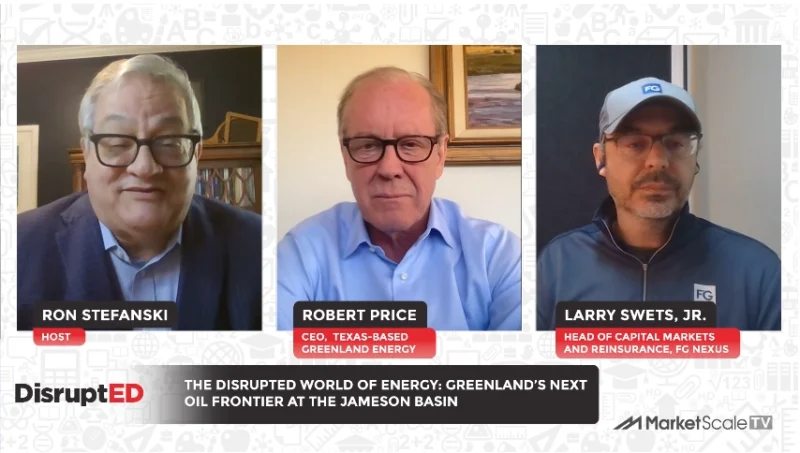Heavy Industry Would Benefit from a Green Hydrogen Transformation. Can We Overcome Production Roadblocks?
“Strike while the iron is hot” – this age-old adage perfectly captures the urgency with which the world is seeking to transition away from fossil fuels and invest in new energy sources with high potential for reducing carbon emissions and becoming the new standard for industrial productivity. Though there’s still much more research and infrastructure needed to seriously consider it as a wide-scale alternative, green hydrogen is a top contender for replacing fossil fuels, particularly in sectors such as transportation and heavy industry.
As a clean and sustainable energy source, green hydrogen, which is produced by utilizing renewable energy to split water into hydrogen and oxygen, presents a viable solution to significantly decarbonize heavy industries and propel us towards a greener industrial future. What roadblocks still remain that are keeping implementers from realizing green hydrogen’s full industrial potential?
One primary factor that can potentially delay and hold implementers back seems to be the cost of production. According to a report by research firm S&P Global, to effectively scale up production, the energy market and federal governments need to invest in the necessary infrastructure to support low-carbon emission generation processes to create hydrogen, which currently relies on fossil fuels to power its production. In addition, the report mentions that scaling up the hydrogen economy will likely take investments of $20–$25 billion each year through 2030, which are figures directly taken from the global privately-led Hydrogen Council. On top of that, transport & distribution, safety considerations, and matching supply-demand uncertainties are other hurdles that will play a role in keeping green hydrogen at bay.
Sanjay Purswani, Senior Knowledge Analyst at Boston Consulting Group, believes that green hydrogen has the potential to be a game changer for decarbonizing transportation and beyond, but unlocking green hydrogen’s potential comes with challenges that’ll take mass cooperation to overcome.
Sanjay’s Thoughts
“The global transport and heavy industry sector contributed over 15 and a half gigatons of CO2 emissions in 2020, accelerating climate change and harming our environment. In order to achieve net zero emissions by 2050, about 550 million tons per year of clean hydrogen is needed, out of which about 70% is expected to be green hydrogen.
So what is green hydrogen? Green hydrogen is a type of hydrogen produced through the electrolysis of water using renewable energy sources such as wind, solar, or hydroelectric power. The process involves splitting water into hydrogen and oxygen and does not produce harmful emissions. Demand from the transportation and heavy industry is expected to be between 50 to 60% of the overall green hydrogen demand.
In transportation, hydrogen fuel cell electric vehicles and fuel cell trucks can provide a similar range in performance to traditional IC engines but with zero emissions. In heavy industry, green hydrogen can replace fossil fuels in processes such as steel production, chemical manufacturing, and cement production, which can significantly reduce carbon emissions.
However, there are several challenges that need to be overcome to make the widespread adoption of green hydrogen a reality. Firstly, the cost of green hydrogen is significantly higher than that of fossil fuels. This means that substantial investment in technology and infrastructure is needed to reduce the cost of production and make green hydrogen competitive with traditional existing fuels.
Secondly, the production and transport infrastructure for green hydrogen needs to be developed. This includes the development of efficient electrolyzers to produce hydrogen and the construction of pipelines and storage to transport. And finally, there needs to be a significant increase in the production of renewable energy sources to power the electrolysis process, which requires a large amount of electricity.
Overall, the potential benefits of green hydrogen make it an attractive option for decarbonizing transportation and heavy industry. However, overcoming the challenges of cost, infrastructure, and regulations will require significant investment and collaboration between governments, industries, and different stakeholders. ”









